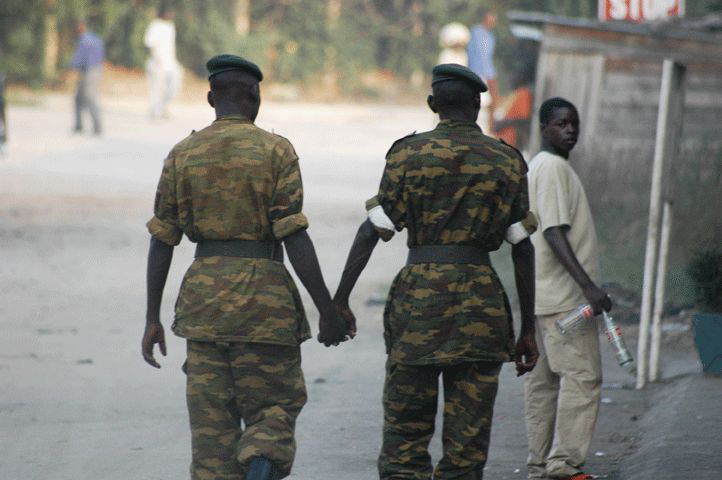| << Chapter < Page | Chapter >> Page > |
When people go against a society’s values, they are punished. A boy who shoves an elderly woman aside to board the bus first may receive frowns or even a scolding from other passengers. A business manager who drives away customers will likely be fired. Breaking norms and rejecting values can lead to cultural sanctions such as earning a negative label—lazy, no-good bum—or to legal sanctions, such as traffic tickets, fines, or imprisonment.
Values are not static; they vary across time and between groups as people evaluate, debate, and change collective societal beliefs. Values also vary from culture to culture. For example, cultures differ in their values about what kinds of physical closeness are appropriate in public. It’s rare to see two male friends or coworkers holding hands in the United States where that behavior often symbolizes romantic feelings. But in many nations, masculine physical intimacy is considered natural in public. This difference in cultural values came to light when people reacted to photos of former president George W. Bush holding hands with the Crown Prince of Saudi Arabia in 2005. A simple gesture, such as hand-holding, carries great symbolic differences across cultures.

So far, the examples in this chapter have often described how people are expected to behave in certain situations—for example, when buying food or boarding a bus. These examples describe the visible and invisible rules of conduct through which societies are structured, or what sociologists call norms. Norms define how to behave in accordance with what a society has defined as good, right, and important, and most members of the society adhere to them.
Formal norms are established, written rules. They are behaviors worked out and agreed upon in order to suit and serve the most people. Laws are formal norms, but so are employee manuals, college entrance exam requirements, and “no running” signs at swimming pools. Formal norms are the most specific and clearly stated of the various types of norms, and they are the most strictly enforced. But even formal norms are enforced to varying degrees and are reflected in cultural values.
For example, money is highly valued in the United States, so monetary crimes are punished. It’s against the law to rob a bank, and banks go to great lengths to prevent such crimes. People safeguard valuable possessions and install antitheft devices to protect homes and cars. A less strictly enforced social norm is driving while intoxicated. While it’s against the law to drive drunk, drinking is for the most part an acceptable social behavior. And though there are laws to punish drunk driving, there are few systems in place to prevent the crime. These examples show a range of enforcement in formal norms.
There are plenty of formal norms, but the list of informal norms —casual behaviors that are generally and widely conformed to—is longer. People learn informal norms by observation, imitation, and general socialization. Some informal norms are taught directly—“Kiss your Aunt Edna” or “Use your napkin”—while others are learned by observation, including observations of the consequences when someone else violates a norm. But although informal norms define personal interactions, they extend into other systems as well. In the United States, there are informal norms regarding behavior at fast food restaurants. Customers line up to order their food and leave when they are done. They don’t sit down at a table with strangers, sing loudly as they prepare their condiments, or nap in a booth. Most people don’t commit even benign breaches of informal norms. Informal norms dictate appropriate behaviors without the need of written rules.

Notification Switch
Would you like to follow the 'Introduction to sociology 2e' conversation and receive update notifications?